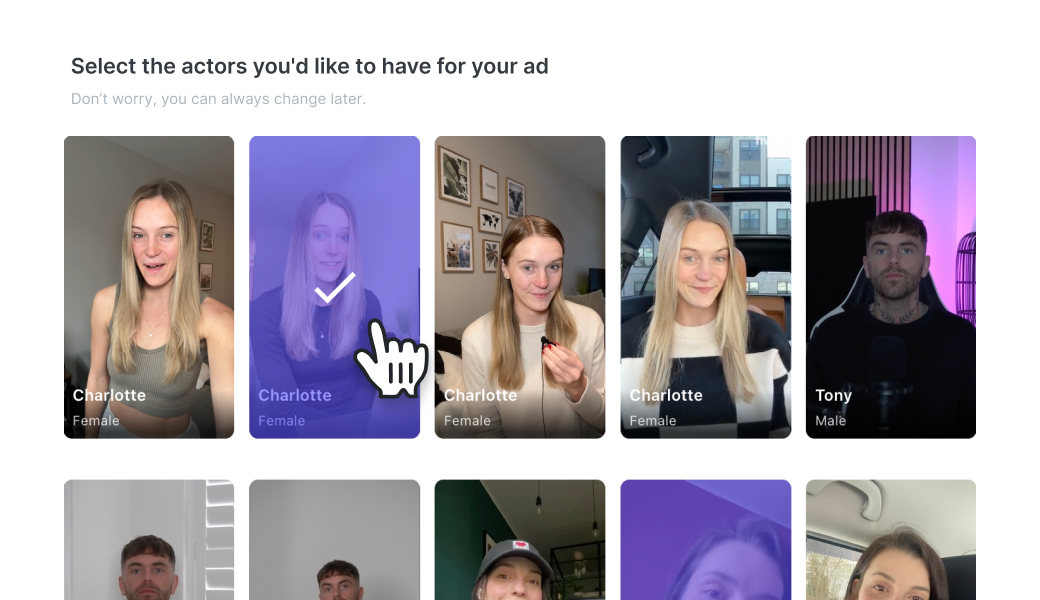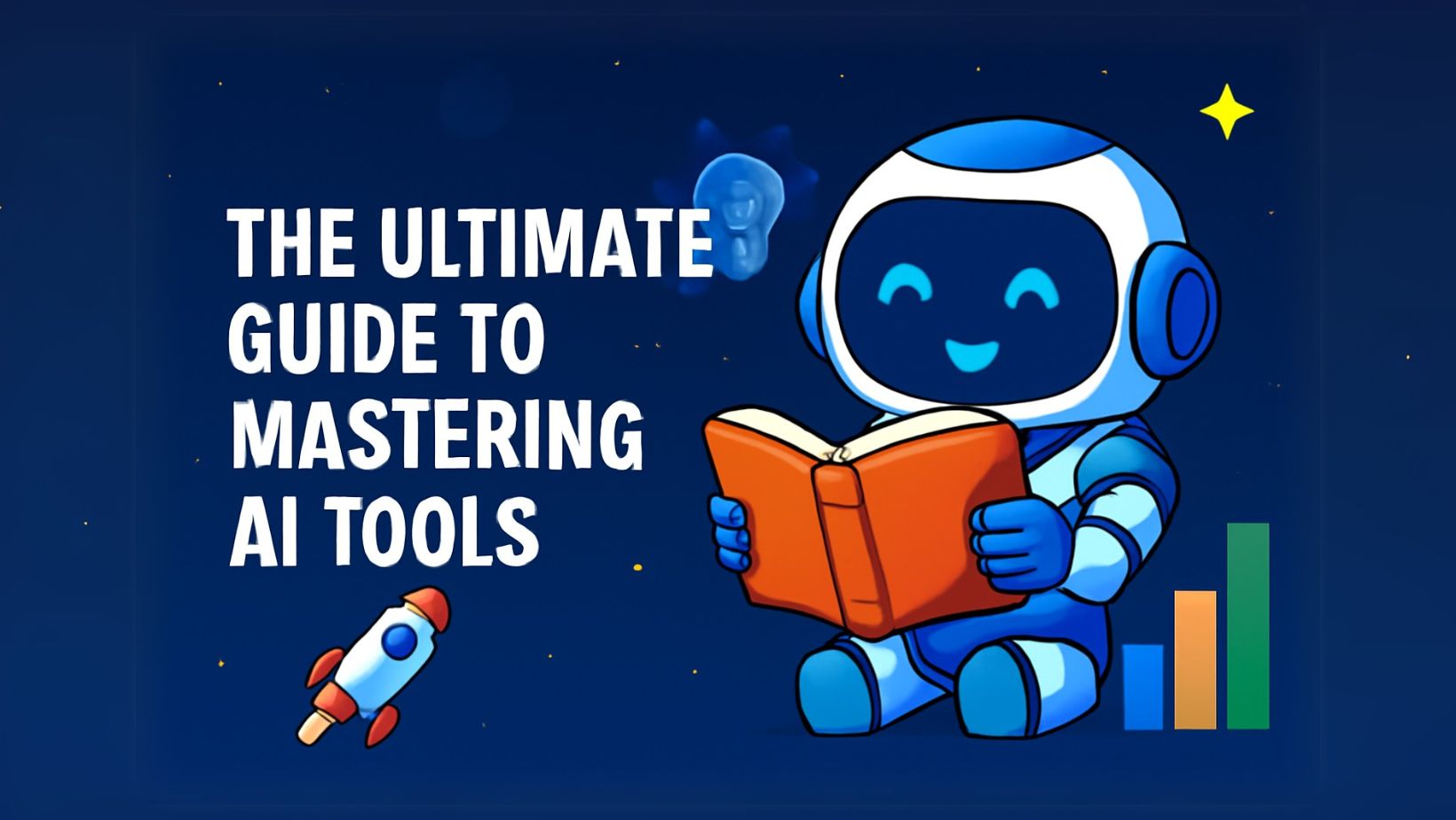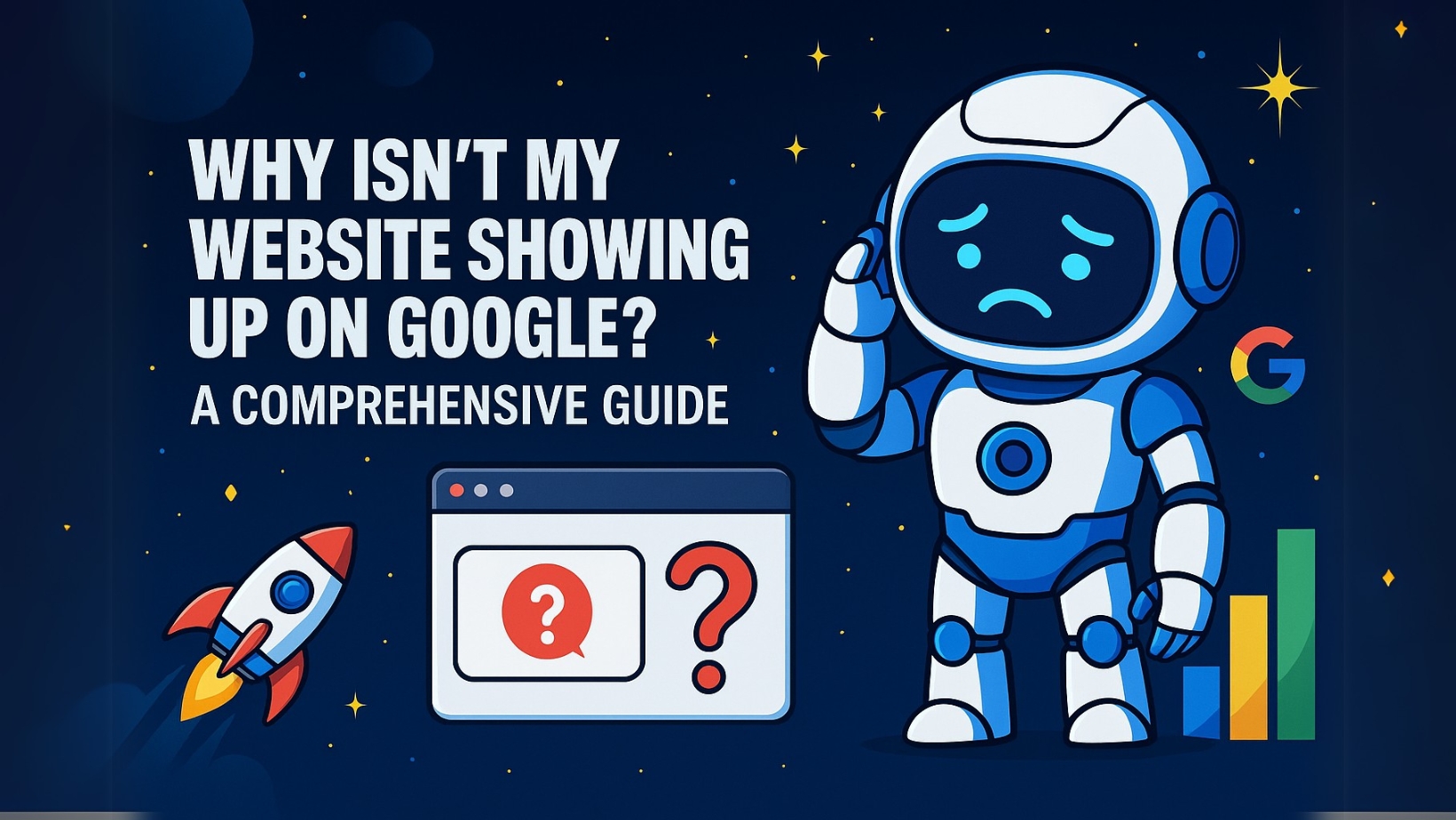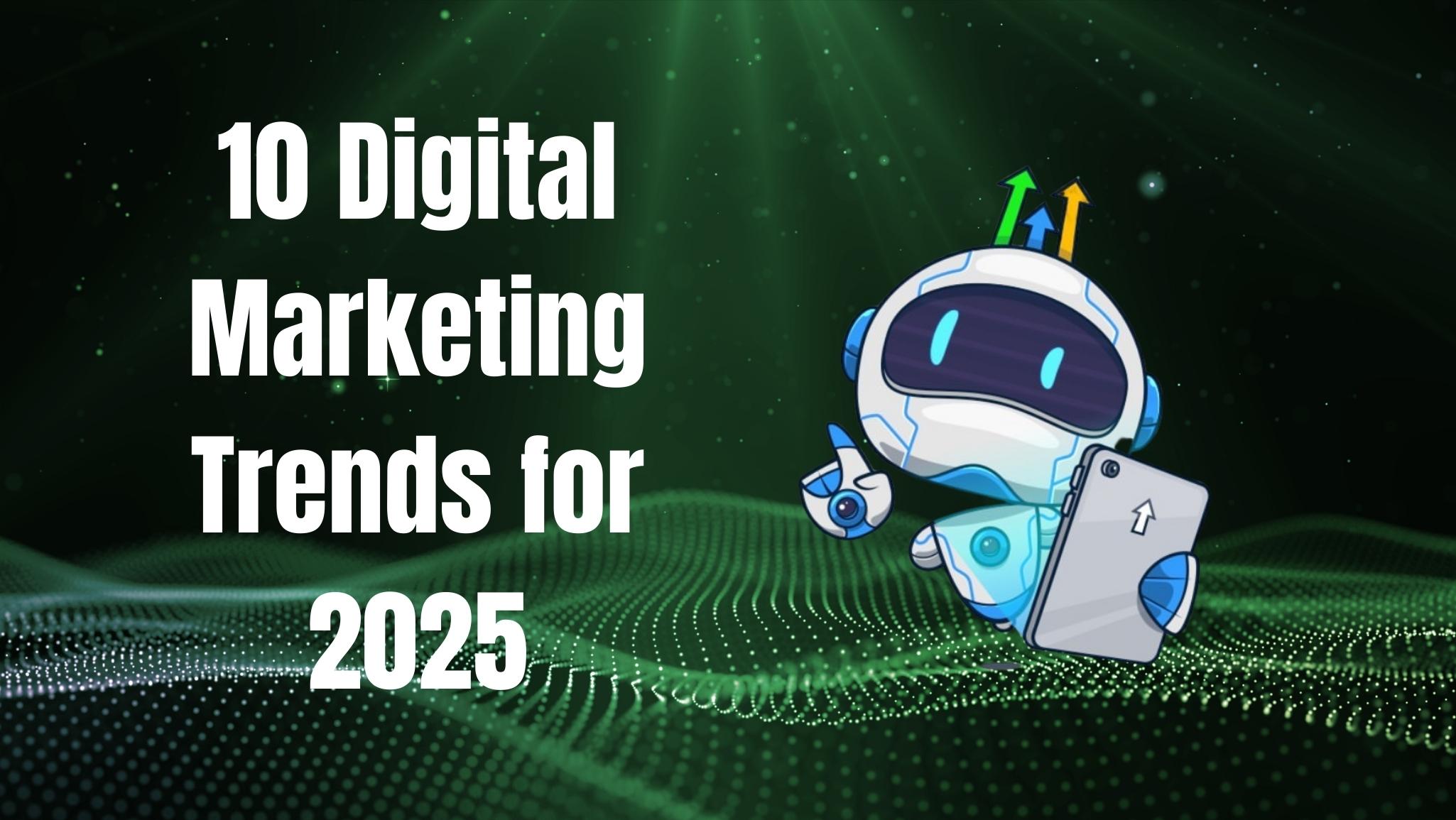
The digital marketing landscape is evolving faster than ever. As we head into 2025, new technologies and consumer behaviors are reshaping how businesses connect with audiences. Entrepreneurs and marketers who stay ahead of these trends can create more engaging campaigns, automate tedious tasks, and ultimately drive better results. Below we break down 10 forward-looking marketing trends – from AI and video content to personalization and automation – that will shape 2025, with actionable insights on how to leverage each.
1. AI-Powered Content Creation Goes Mainstream
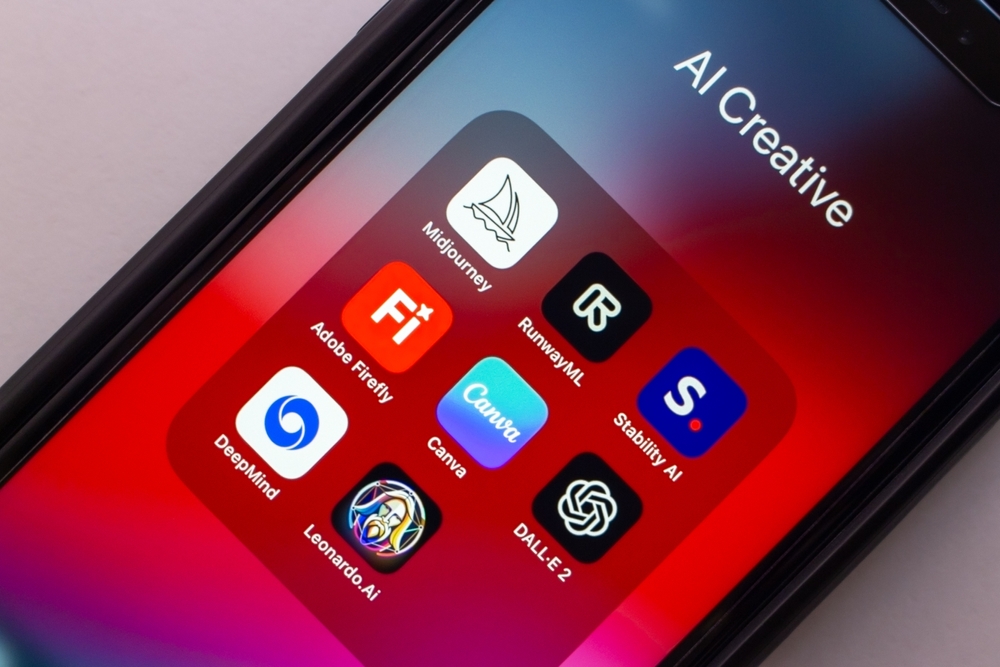
Just a few years ago, the idea of artificial intelligence generating marketing content seemed cutting-edge. Now it’s becoming commonplace. Generative AI tools (think ChatGPT for copy or DALL·E for images) enable businesses to produce text, images, even audio content in a fraction of the time. In fact, experts predict that by 2025 up to 90% of online content could be created with AI assistance
This means blog posts, social media updates, product descriptions, and more can be drafted by AI and then refined by humans. Marketers are embracing these tools at scale because they save time and money without sacrificing quality – as long as there’s human oversight to ensure authenticity and accuracy.
How to use it: Start integrating AI content generators into your workflow for first drafts or idea generation. For example, an AI writing assistant can help brainstorm ad copy variations or video scripts, which you can then edit in your brand’s voice. The key is to treat AI as your creative partner – it handles the heavy lifting of initial creation, while you add the strategic polish.
By 2025, using AI for content will be less of a novelty and more of a necessary competitive advantage in keeping up with the constant demand for fresh content.
Video continues to dominate online content, and AI is now transforming how videos are produced. We’re seeing the rise of synthetic media – videos featuring ultra-realistic AI actors or avatars instead of human actors. Advanced AI video generators can produce a lifelike spokesperson on camera from just a text script. For example, Arcads.ai is a platform that can transform text into videos using AI actors, allowing marketers to create high-quality video ads in seconds
These AI avatars look and sound like real people (often termed realistic AI characters), blurring the line between user-generated content and computer-generated content. Brands are starting to use this tech to scale up video production: no need to hire actors or film crews for every new ad.
The implications are huge for entrepreneurs on a budget. AI UGC creators (UGC = user-generated content) let you produce authentic-looking testimonial videos or product demos without needing real customers on camera.
The AI avatars can recite your script with natural expressions and tone, giving the impression of a real user’s experience. This makes what used to be a time-consuming process (collecting UGC video reviews) much faster and more scalable. According to Arcads, AI is “revolutionizing UGC marketing by streamlining the process and lowering costs,” enabling brands to create high-quality, relatable content faster and at scale
In other words, UGC video ads made with AI can achieve the same authentic feel to viewers, but you can generate dozens of variations in a single afternoon.
How to use it: Consider experimenting with an AI video generator to create a spokesperson video or demo for your product. Write a script as if you had a happy customer speaking, then use the tool to produce a video with a realistic AI character delivering the message.
Always review the output to ensure it feels genuine. Used thoughtfully, these AI-generated videos can augment your content strategy – for example, A/B test an AI video vs. a traditional one. Many businesses in 2025 will use a mix of both, leveraging AI “actors” to keep content fresh while still using genuine customer stories when possible. It’s a new frontier, so transparency is important too: some brands disclose that a video was AI-created to avoid misleading audiences while still reaping the benefits.
3. Short-Form Video Continues to Dominate (Fueled by UGC)

If 2024 taught us anything, it’s that short-form videos (think TikTok, Instagram Reels, YouTube Shorts) are king of content. That trend isn’t slowing down in 2025. Bite-sized, snackable videos are highly engaging and easily consumed – perfect for today’s fast-scrolling audiences. In fact, 89% of businesses now use video as a marketing tool, and short-form video currently delivers the highest ROI of any social media strategy
Consumers love them: nearly 73% of consumers prefer to watch a short video to learn about a product or service , compared to text or longer videos. These quick clips often feel more authentic, especially when they resemble user-generated content.
User-generated content (UGC) itself remains incredibly influential. Candid videos of real people reviewing or using products build trust in a way polished ads sometimes can’t. That’s why brands are pouring more effort into encouraging UGC and leveraging influencers or customers to create short videos on their behalf. Even paid ads are mimicking TikTok style – lo-fi, human, and direct.
The twist for 2025 is that AI can help scale UGC (as mentioned above) so brands always have a pipeline of “authentic” videos. But whether a human or an AI avatar is behind the camera, the tone needs to be genuine and entertaining to stop the scroll.
How to use it: Make short-form video a cornerstone of your content plan. You don’t need big budgets – a smartphone and a relatable idea are enough to go viral. Showcase a quick tutorial, a before-and-after, a 15-second customer testimonial, or a day-in-the-life with your product. Also, encourage your actual customers to share their own videos (maybe via a contest or hashtag challenge). The more real voices talking about your brand, the better. Keep videos very concise – often 30 seconds or less – and hook the viewer in the first 3 seconds (with a bold statement or intriguing visual).
Given that short videos will receive the bulk of social media investment in 2025 , mastering this format is critical. Track which videos perform best (high watch time or shares) and make more like those. Authenticity and brevity are your best friends in the short-form video era.
4. Hyper-Personalization of Marketing Messages

Personalization in marketing isn’t new, but thanks to AI and big data, it’s evolving into hyper-personalization at scale. This means going beyond inserting a customer’s name in an email – it’s about leveraging detailed customer data to tailor almost every aspect of their experience. By 2025, consumers not only appreciate personalized content; they expect it. A whopping 80% of consumers are more likely to purchase from brands that offer personalized experiences
That’s why companies are using AI to analyze behavior and preferences so they can deliver the right message or product recommendation at the right time for each individual.
Imagine a website that reorganizes itself based on each visitor – showing one person a promo on winter jackets because they browsed those last week, while showing another person a deal on running shoes because they frequently buy sports gear.
This level of real-time personalization is becoming possible even for smaller businesses. AI-driven tools can segment audiences and even create dynamic content on the fly. For example, AI can help send personalized product recommendation emails or dynamically change elements of a landing page depending on a visitor’s past interactions.
One retail study showed how if a shopper browsed jackets on their first visit, the site’s homepage could automatically highlight jackets on their next visit, increasing the chance of conversion . It’s like giving each customer a personal shopper who knows their tastes.
How to use it: Start by maximizing the data you already have. Use your CRM or e-commerce platform to segment customers by behavior (e.g. frequent buyers vs. one-time shoppers, or categories of interest). Then craft tailored campaigns for each segment. Even simple steps – like a personalized follow-up email that references what someone viewed on your site – can significantly boost engagement.
Look into AI personalization tools (many email marketing and website platforms have these features now) that can automate this process. For instance, you might set up an AI to recommend products based on each user’s browsing history or to send different push notifications to users based on their past purchases.
The goal is to make each customer feel like your marketing is speaking directly to their needs or interests. But remember to balance personalization with privacy – use data responsibly and transparently. When done right, hyper-personalization can feel like great customer service at scale, rather than creepy. And the payoff is loyal customers who appreciate that you “get” them.
5. Marketing Automation and All-in-One Platforms

Entrepreneurs wear many hats – you’re juggling emails, social posts, lead follow-ups, ad campaigns, and more. Enter marketing automation, which is poised to be a lifesaver in 2025. Simply put, automation software can handle repetitive marketing tasks and nurture customer relationships without constant manual effort. No wonder over half of companies (51%) are already using marketing automation, and even 45% of small businesses have adopted these tools to streamline their outreach. This trend will only grow as automation becomes more accessible; about 70% of marketers plan to increase their use of automation tools moving forward
One notable development is the rise of all-in-one marketing platforms like GoHighLevel, HubSpot, or others, especially geared toward small businesses and agencies. These platforms combine CRM (customer relationship management), email marketing, SMS texting, sales funnels, scheduling, and more into a single dashboard.
For example, GoHighLevel lets you capture a lead on your website, automatically send them a personalized SMS/email sequence, remind you to call them, and track that entire journey in one place.
This kind of integration was once only affordable for big companies, but now even startups can leverage it. Automation isn’t just about convenience – it directly impacts revenue by ensuring no lead falls through the cracks. Companies using marketing automation have reported substantial boosts in productivity and sales; one study found it can increase sales productivity by over 14% while reducing marketing overhead by 12%
How to use it: Map out your customer journey and identify repetitive tasks. Do you manually send welcome emails to new subscribers? Do you struggle to follow up with every lead who downloads your e-book or abandons a cart? Those are prime candidates for automation.
Use an automation platform to set up triggers and workflows. For instance, when someone fills out a form on your site, have the system automatically send a friendly welcome email (or even assign a task for you to personally reach out if it’s a high-value lead).
Set up drip campaigns that educate prospects about your service over time without you writing each email from scratch. On social media, you can schedule posts ahead or use chatbots to reply to common inquiries (tying into our next trend).
The beauty of these tools is consistency – your marketing “machine” keeps running, nurturing prospects and re-engaging customers even when you’re focused elsewhere. In 2025, savvy entrepreneurs will use automation not to remove the human touch, but to free up more time for the human touch where it matters – let the software handle the busywork, while you focus on strategy and building relationships.
6. Conversational Marketing with AI Chatbots
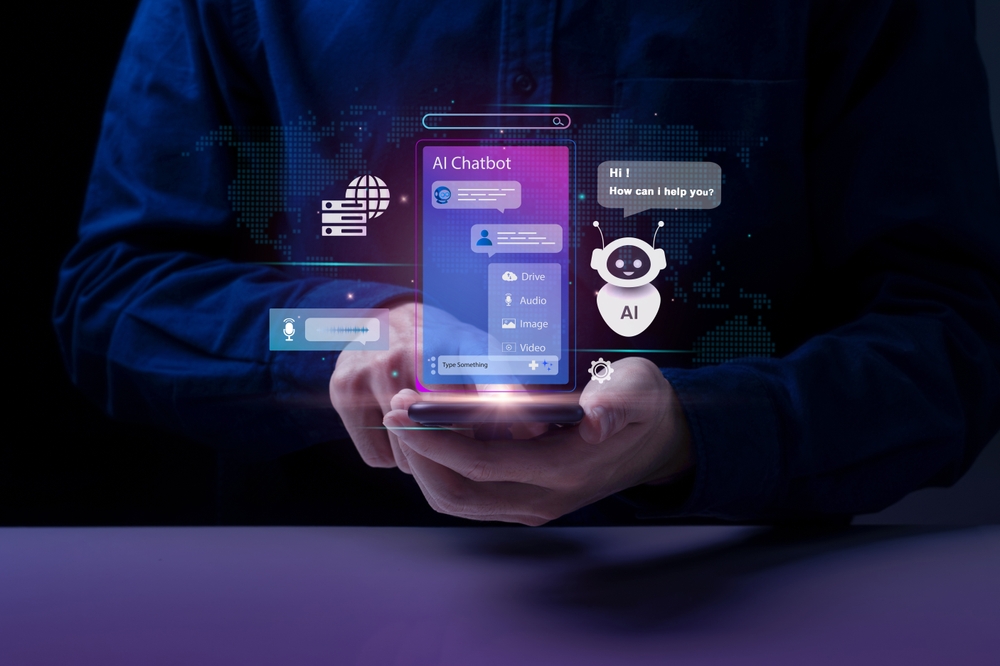
Have you ever visited a website and had a little chat box pop up asking, “How can I help you today?” In 2025, expect that almost everywhere. Conversational marketing – using chat interfaces (live chat, Facebook Messenger, WhatsApp, etc.) to engage with customers in real time – is becoming a standard practice, and AI is taking it to the next level.
Modern chatbots can answer questions, recommend products, and even handle bookings or orders, all in a natural, conversational way. They’ve improved drastically from the clunky bots of a few years back. With advances like GPT-4, chatbots can understand complex queries and provide helpful responses 24/7. This is crucial because customers now demand instant service; 82% of consumers value getting immediate responses from brands , and if you can’t provide that, they might move on to a competitor.
Businesses are responding accordingly – 55% of companies plan to adopt chatbots for customer service and marketing if they haven’t already. And importantly, these bots aren’t just answering FAQs. They’re becoming a sales tool: engaging visitors in conversation, guiding them through product selections , and even upselling.
Internally, marketers see chatbots as key to personalization at scale – 70% of customer experience leaders believe chatbots are essential for creating personalized customer journeys. That’s because bots can use data from a CRM to tailor their interactions, such as greeting a returning customer by name and suggesting items based on past purchases.
How to use it: If you haven’t already, implement a chatbot on your website or social media channels to handle common inquiries. Platforms like Facebook (Messenger bots) or WhatsApp Business API make it relatively easy, or you can use third-party chatbot builders that require no coding.
Start with a simple decision-tree bot that can answer the top 5-10 questions your customers usually ask (hours, pricing, basic support). Over time, integrate more AI to handle open-ended questions. For example, hook your bot up to an AI service that can parse what the user types and reply smartly. Use conversational scripts that reflect your brand’s tone – friendly and helpful rather than robotic. And don’t hide the fact that it’s a bot; people appreciate transparency. You can even program the bot to seamlessly hand off to a human agent if it gets stumped (“Let me have a team member get in touch with you ASAP on that!”).
The end result is a hybrid support and sales assistant working 24/7. In marketing, consider using chatbots for lead generation (“Want a quick recommendation? Answer 2 questions…”) or to follow up on campaigns (“You clicked our ad – have any questions I can help with?”).
By 2025, customers will be quite accustomed to chatting with AI, so meeting them in that format will be key to capturing engagement that might otherwise be lost.
7. Privacy-First Marketing in a Cookieless World

Personalization and automation are powerful, but they come with a new challenge: data privacy. Consumers and regulators alike have been pushing for stricter privacy controls, and one major shift is the phase-out of third-party cookies (the tracking code that has long helped advertisers follow your moves across the web).
By the end of 2024, Google’s Chrome browser will no longer allow third-party cookies, meaning by 2025 marketers must pivot how they target and track users. In this cookieless future, the emphasis is on first-party data – information you collect directly from your audience with their consent – and on privacy-friendly alternatives for ad targeting. Marketers are turning to first-party data combined with AI-driven segmentation to reach the right audiences . In other words, instead of buying data about users from a hundred websites, you focus on understanding the people who engage with your business and use AI to find lookalikes or patterns within that pool.
Regulations like GDPR in Europe and CCPA in California have already enforced strict data consent rules, and more are coming. Consumers are also more privacy-aware; many will opt-out if they feel their data is mishandled. As a result, 2025’s successful marketing strategies will bake privacy in by design.
Contextual advertising is making a comeback. Brands are investing in community building and loyalty programs to encourage users to voluntarily share data (e.g., signing up with an email in exchange for value). And AI is playing a role in finding insights in smaller, consented datasets. For example, AI can analyze your website’s visitor behavior (first-party data) and help segment them into groups like “price-sensitive window shoppers” vs. “loyal VIP customers,” allowing you to target each with appropriate messaging without needing to pull in external data you shouldn’t have. Google and Meta are also introducing their own solutions (like Google’s privacy sandbox or modeled audiences) that use AI to infer audience traits without personal identifiers.
How to use it: First, get your own house in order. Ensure you have a clear way of gathering and managing first-party data – this could be as simple as an email newsletter list, a customer database, or website analytics that capture user behavior (in compliance with privacy laws). Make sure your site has a consent banner for cookies/data collection that is transparent. Then, adjust your marketing tactics: if you relied heavily on retargeting ads that tracked people around the web, start exploring alternative targeting methods. For instance, use contextual ads (target by topic or keywords of content) or focus on channels rich with first-party data like search ads or your own email/SMS campaigns.
Leverage tools that can do more with less data – some AI-based marketing platforms can find patterns in aggregated or anonymized data to inform your campaigns. A good example is using your email list to create a “lookalike audience” on social media (Facebook can take your customer list and find similar users, in a privacy-safe way).
Also, be open and communicative about privacy with your customers. Brands that are transparent and let users control their data will earn trust. Overall, the trend is clear: respecting privacy isn’t just about avoiding fines, it’s a marketing advantage in 2025. If customers trust you with their data, they’ll share more, allowing you to personalize in a compliant way – it’s a virtuous cycle. So pivot your data strategy now: treat user data with respect, focus on quality over quantity of data, and use AI to fill in the gaps where broad tracking used to do the job.
8. Social Commerce and Interactive Shopping Experiences
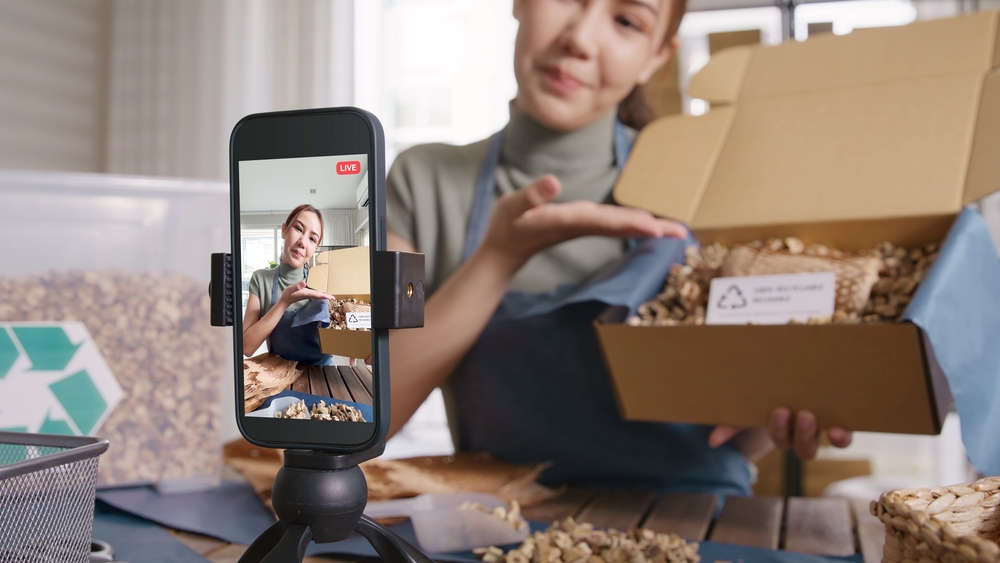
Social media is no longer just about building awareness – it’s now a full-blown sales channel. Social commerce, where customers shop directly within social apps, is set to explode in 2025. We’re already seeing platforms like Instagram, Facebook, TikTok, and Pinterest enable in-app purchasing, product tagging in posts, and seamless checkout without ever leaving the app.
By 2025, social commerce will be a dominant way consumers shop, especially younger audiences. As evidence, 62% of Gen Z consumers are already shopping through social media in 2024, and that number is expected to rise. This means your social content can double as your storefront – product discovery, recommendation, and purchase all happen in one place.
Social platforms are integrating augmented reality try-ons – for example, a Snapchat AR filter that lets users virtually “try on” sneakers and see how they look, as shown above. This kind of immersive ad experience is making online shopping more interactive and fun.
Another exciting facet is the use of Augmented Reality (AR) in marketing, particularly for retail and e-commerce. AR lets customers visualize products in their own environment – think of it as “try before you buy” but digitally. Already we have filters that allow you to point your phone at your living room and see a virtual couch appear, or try a shade of lipstick via your selfie camera. By the end of 2025, AR will be mainstream in advertising. Brands are heavily investing in AR-powered ads and try-on experiences because they boost engagement and confidence in purchases.
One example is Nike’s use of AR in their app and on Snapchat to let users virtually try on shoes (see image above), which makes the shopping experience interactive and personalized. When people can see how a product fits into their lives, they’re more likely to buy – it’s no surprise that interactive shoppable content and AR ads are showing higher conversion rates than traditional static ads.
How to use it: To ride the social commerce wave, first ensure your products are set up on social platforms. If you’re an e-commerce business, create a Facebook Shop or Instagram Shopping catalog so you can tag products in your posts and stories.
This makes it easy for viewers to tap and purchase in a few clicks. Next, consider incorporating live shopping or video demos on social media. Live-stream shopping events (popularized in Asia and gaining traction globally) allow viewers to ask questions and buy in real time – it’s like a blend of QVC and Instagram Live.
For AR, you don’t need to be a tech giant to start. There are services and templates (through Facebook Spark AR, Snapchat Lens Studio, etc.) that let you create simple AR filters. For example, a small sunglasses brand could create an Instagram filter for users to try on their shades virtually. It’s engaging content and a sales tool. Even if AR development is out of reach, focus on making your social posts more interactive: polls, quizzes, 360-degree product photos, etc.
The more users can engage with your product on social, the closer they are to buying. And importantly, partner with influencers or creators in your niche who excel at short-form and live content – their authentic style can drive social commerce by blending entertainment with shopping. Social media wants to keep people in-app, so if you facilitate that by selling directly there, the algorithms may even favor your content. In summary, meet your customers where they are (scrolling feeds) and make it easy and enjoyable for them to shop on the spot.
9. Influencer Marketing 2.0: Micro-Influencers and Virtual Influencers
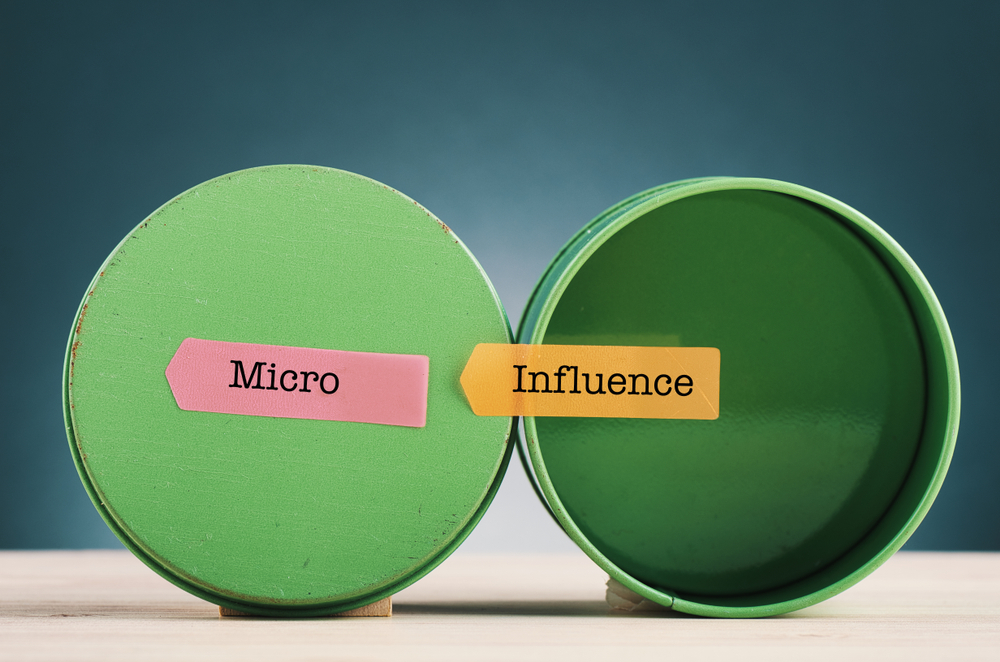
Influencer marketing isn’t new, but it’s definitely not the same beast it was a few years ago. Heading into 2025, influencer strategies are maturing in two interesting ways: the rise of micro-influencers and the emergence of virtual influencers.
Micro-influencers are social media creators with smaller followings (usually a few thousand to tens of thousands) but who often have very engaged, niche audiences. Instead of paying a celebrity $100k to post once, brands are realizing they can achieve better ROI by working with numerous micro-influencers who have loyal fans in specific communities.
These smaller creators tend to have higher engagement rates – in fact, data shows that micro and even nano-influencers (under 5k followers) boast the highest engagement rates on platforms like Instagram. They come across as more authentic and relatable, which audiences trust. The result is that brands get more genuine content and word-of-mouth style promotion. By 2025, 86% of US marketers will be using influencer marketing in some form , and much of that growth is coming from partnerships with micro-influencers and brand ambassadors rather than just mega-celebrities.
On the flip side, we have virtual influencers – completely digital characters who resemble real people and have their own social media accounts and followings. It sounds like science fiction, but it’s real and happening now. These CGI-crafted personas, often powered by AI, post content, “interact” with fans, and even collaborate with brands. A famous example is Lil Miquela, a virtual Instagram model who has millions of followers and has done campaigns with fashion brands. There’s also Lu do Magalu (a Brazilian virtual influencer created by a retail company) who has over 7 million Instagram followers and is considered one of the biggest virtual influencers in the world
Brands are attracted to virtual influencers because they can control the persona entirely – no risk of a spokesperson scandal, and the character can be on-message 24/7. Plus, these digital figures generate a lot of buzz due to the novelty factor. We expect more brands to either collaborate with existing virtual influencers or even create their own virtual brand ambassador. It could be as simple as a cartoon mascot with an Instagram account, or as complex as a hyper-realistic AI avatar that represents your brand’s lifestyle.
How to use it: For most entrepreneurs, the immediate opportunity is with micro-influencers. Identify influencers in your industry or local area who have an engaged audience that overlaps with your target customers.
They might not be “famous” in the mainstream sense, but if their followers are your ideal buyers, that’s what counts. Reach out and build genuine relationships – this could be paid sponsorship, but often creative collaborations or affiliate deals work well too. For example, a local fitness apparel startup might partner with 10 fitness micro-influencers to each post workout videos wearing the product, rather than paying for one big ad campaign. This strategy often feels more organic and can create a steady drumbeat of social proof. Keep an eye on metrics like engagement and referral traffic to measure impact (many brands see about a $4+ return for every $1 spent on influencer marketing, according to industry benchmarks).
As for virtual influencers, it’s still an emerging area. You don’t need to jump on it unless it fits your brand. However, you can take inspiration from the concept. Perhaps you create a virtual persona (even a simple animated character or a unique Twitter personality) that represents your brand and produces content.
This can differentiate your marketing. If you’re feeling adventurous and have the means, experimenting with a virtual influencer collaboration could get you novelty attention. For example, a fashion brand could do a campaign where a virtual influencer “wears” their new collection – something that garners press for being innovative. The main point is that the influencer landscape is diversifying. Brands that mix macro influencers (for reach), micro influencers (for depth and engagement), and even virtual influencers (for innovation and control) will have a well-rounded strategy. At the end of the day, people (and virtual people!) influence other people – in 2025, tapping into those authentic voices and communities, whether human or AI, will be critical for cutting through the noise.
10. AI-Driven Analytics and Predictive Marketing
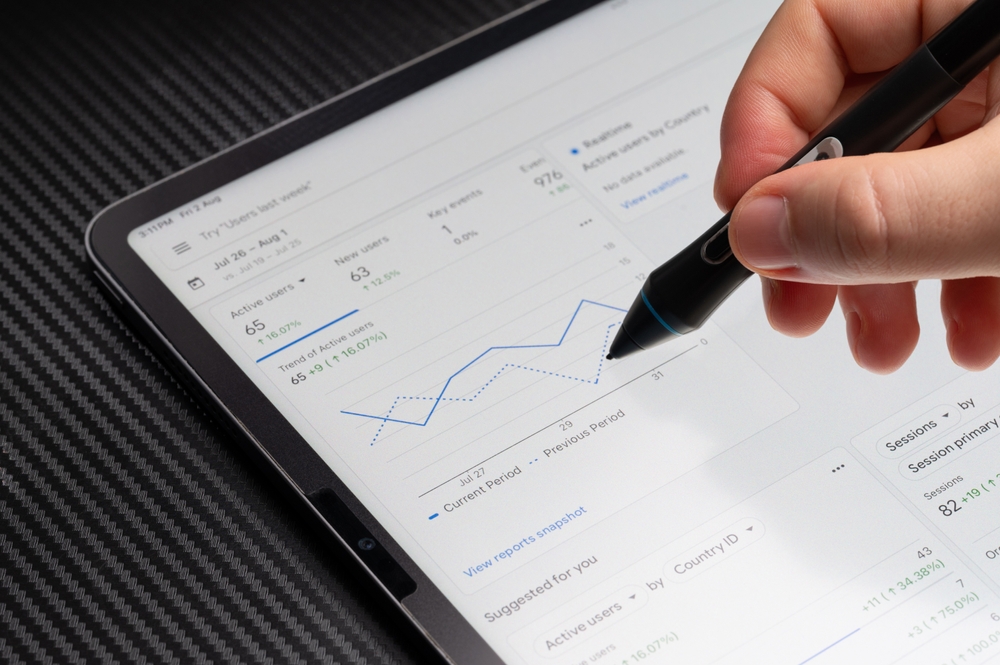
Finally, a trend that underpins many of the others: using data smartly. In 2025, it’s not enough to look at what your customers did – you need to anticipate what they will do. That’s where predictive analytics comes in. With the help of AI, businesses can analyze historical data to predict future outcomes, allowing for proactive and highly targeted marketing decisions. This has become so game-changing that by 2025, 75% of top-performing marketing teams will be using predictive analytics to drive their strategy. In essence, marketers are shifting from being reactive (reporting what happened) to predictive (forecasting what’s likely to happen and acting on it in advance).
What does this look like in practice? Imagine being able to pinpoint which customers are likely to churn (stop buying) soon – you could then send them a special offer or outreach before you lose them. Or predicting which leads in your funnel are most likely to convert to sales – so your sales team can focus on those and not waste time on long-shots.
AI can crunch vast datasets to find patterns not obvious to humans. For example, an e-commerce site might discover through predictive modeling that customers who buy product A twice in a month have an 85% chance to subscribe to a monthly box – that insight could prompt a targeted campaign suggesting the subscription at just the right moment. Marketing mix modeling is another area getting an AI upgrade: it helps figure out the optimal allocation of budget across channels by analyzing past campaign performance and external factors, then predicting where the next dollar will have the most impact. Even content can be optimized predictively – AI tools can analyze audience interactions and suggest what topics or formats will likely perform best next, so you create content that hits the mark.
For entrepreneurs, this might sound high-tech, but many of these capabilities are being built into the tools you may already use (Google Analytics insights, CRM lead scoring, etc.). The key is to start leveraging them. Data-driven decision making will separate winners from losers in the coming years. Marketing used to be seen as a creative art plus some intuition; now it’s very much a science as well. Those who can harness their data will basically have a cheat sheet to what their customers want.
How to use it: Begin with the metrics that matter most to your business – maybe it’s customer lifetime value, conversion rate, or retention rate. Ensure you’re tracking these over time.
Then explore the analytics features in your marketing tools: many email platforms offer predictive send times (using AI to choose when each subscriber is most likely to open an email), and many e-commerce systems can highlight “at-risk” customers or likely product recommendations. There are also user-friendly AI analytics services that connect to your data sources (like your Google Analytics or Shopify) and provide predictive insights via dashboards or reports.
For instance, you might use an AI tool that forecasts next month’s sales based on current trends and seasonality, allowing you to adjust your marketing spend up or down accordingly. Small businesses can start small – even a Google Sheet with some basic forecasting formula or a simple regression analysis can yield insight (for the analytically inclined). The important part is cultural: make decisions based on data and predictions, not just gut feeling. If the data suggests a certain ad creative is likely to outperform, test it. If the model identifies a set of customers as high-value, roll out the red carpet in your marketing to them.
Over time, as you collect more data, your predictions get better. Also, don’t be afraid to consult the experts – sometimes a data analyst or marketer with analytics expertise can set up a basic predictive model for you that you can maintain. In 2025, even creative marketing roles are expected to be comfortable reading a data dashboard that says “this campaign is likely to yield 30% more ROI than that one” and then acting on it. By embracing AI-driven analytics, you essentially give your small business a superpower: the ability to market smarter, not just harder, by focusing on the opportunities with the highest probability of payoff.
Related Posts

